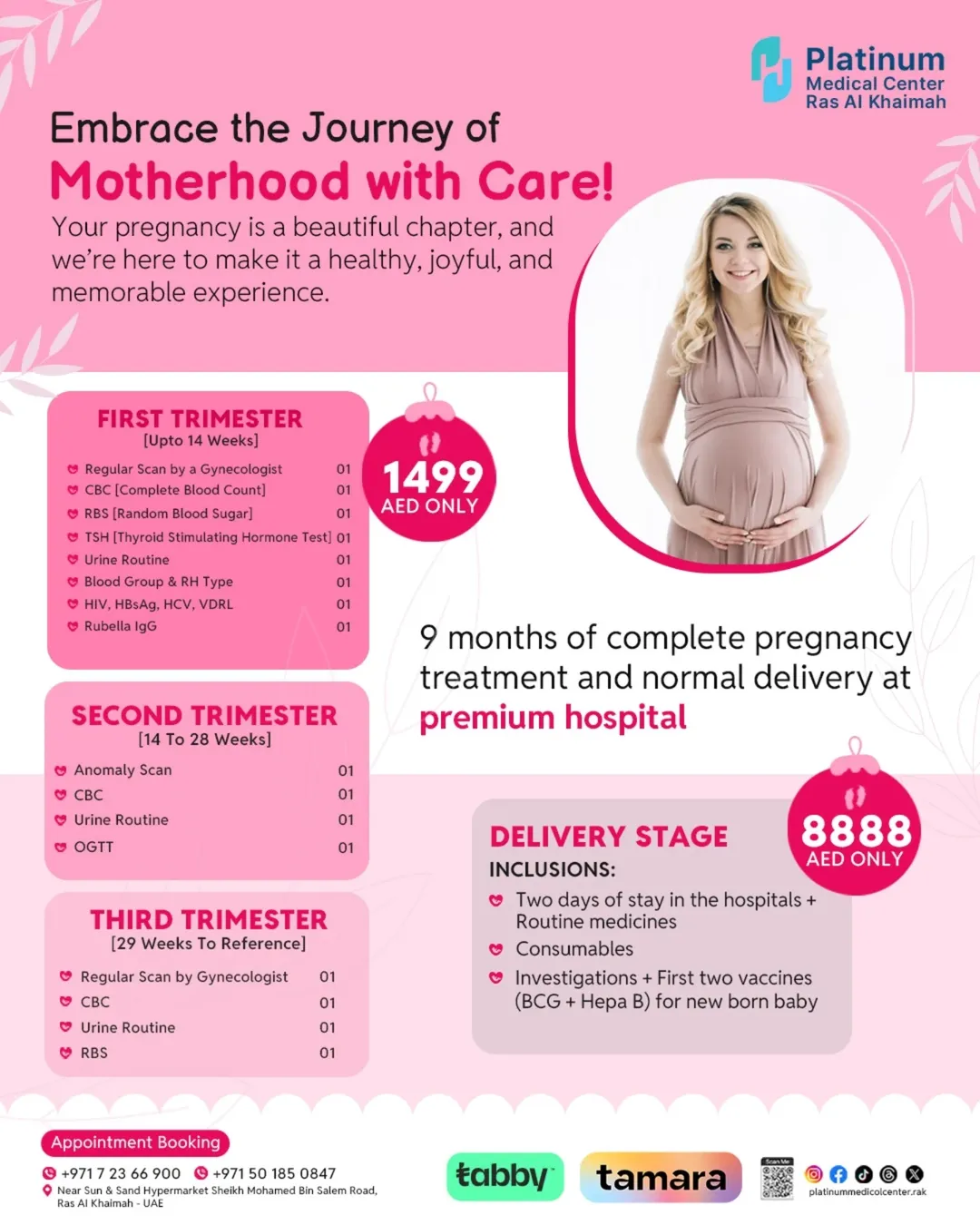Women’s Health: Understanding Hormonal Changes
Hormonal changes are a natural part of a woman’s life, influencing physical and emotional well-being throughout different stages. Here’s a concise overview to help you navigate these changes:
Puberty
Puberty marks the beginning of hormonal changes, typically starting around ages 8 to 13. Estrogen and progesterone levels rise, triggering physical changes like breast development, menstruation, and emotional fluctuations. It’s a crucial time for understanding one’s body and establishing healthy habits.
Menstrual Cycle
The menstrual cycle is governed by hormonal fluctuations, primarily estrogen and progesterone. Understanding this cycle helps manage symptoms like cramps, mood swings, and bloating. Tracking periods can aid in recognizing irregularities or potential health concerns.
Pregnancy
During pregnancy, hormonal shifts support fetal development and prepare the body for childbirth. Estrogen and progesterone levels increase significantly, affecting mood, energy levels, and physical changes like weight gain and breast enlargement. Regular prenatal care monitors these changes for a healthy pregnancy.
Menopause
Menopause typically occurs around age 45 to 55, signaling the end of reproductive years. Declining estrogen levels lead to symptoms such as hot flashes, night sweats, mood changes, and vaginal dryness. Hormone replacement therapy and lifestyle adjustments can alleviate symptoms and support overall well-being.
Hormonal Health Tips
- Healthy Lifestyle: Maintain a balanced diet, regular exercise, and adequate sleep to support hormone balance.
- Stress Management: Practice relaxation techniques like yoga or meditation to reduce cortisol levels and support hormonal harmony.
- Regular Check-ups: Schedule routine gynecological exams to monitor hormone levels, discuss symptoms, and address any concerns.



